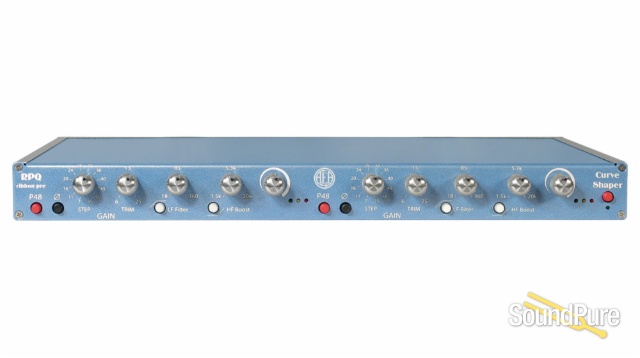McInturff Carolina Custom electric guitar (neck pickup) played into Fargen Mini Plex MK II Combo(60's master 4, volume 3, treble 4, mid 8, bass 2) mic'd with Coles 4038 into AEA TRP preamp feeding Lynx Aurora A/D converters.
McInturff Carolina Custom electric guitar (neck pickup) played into Fargen Mini Plex MK II Combo(60's master 4, volume 3, treble 4, mid 8, bass 2) mic'd with Coles 4038 into AEA TRP preamp feeding Lynx Aurora A/D converters. (view less)

























